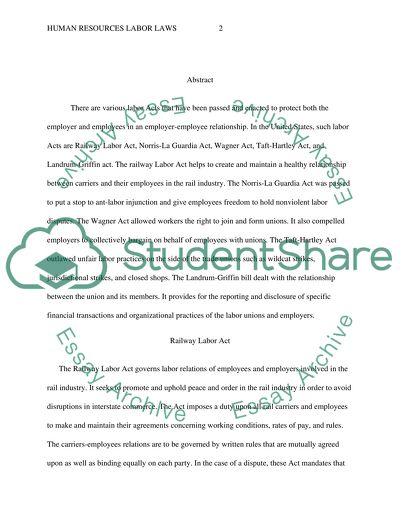Cite this document
(“LABOR LAWS Coursework Example | Topics and Well Written Essays - 1000 words”, n.d.)
LABOR LAWS Coursework Example | Topics and Well Written Essays - 1000 words. Retrieved from https://studentshare.org/human-resources/1657727-labor-laws
LABOR LAWS Coursework Example | Topics and Well Written Essays - 1000 words. Retrieved from https://studentshare.org/human-resources/1657727-labor-laws
(LABOR LAWS Coursework Example | Topics and Well Written Essays - 1000 Words)
LABOR LAWS Coursework Example | Topics and Well Written Essays - 1000 Words. https://studentshare.org/human-resources/1657727-labor-laws.
LABOR LAWS Coursework Example | Topics and Well Written Essays - 1000 Words. https://studentshare.org/human-resources/1657727-labor-laws.
“LABOR LAWS Coursework Example | Topics and Well Written Essays - 1000 Words”, n.d. https://studentshare.org/human-resources/1657727-labor-laws.


